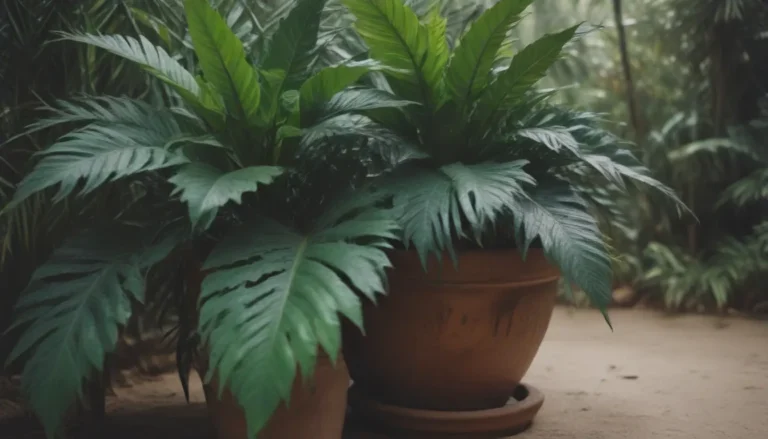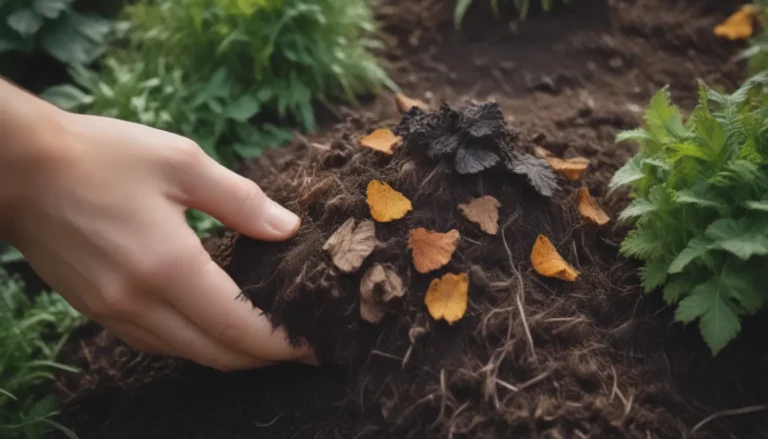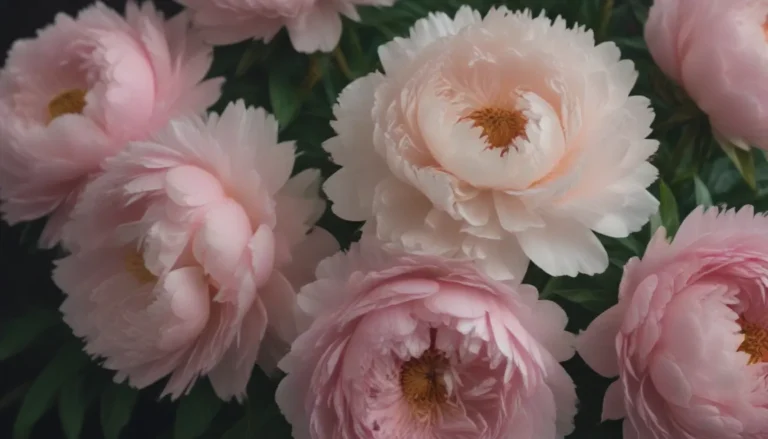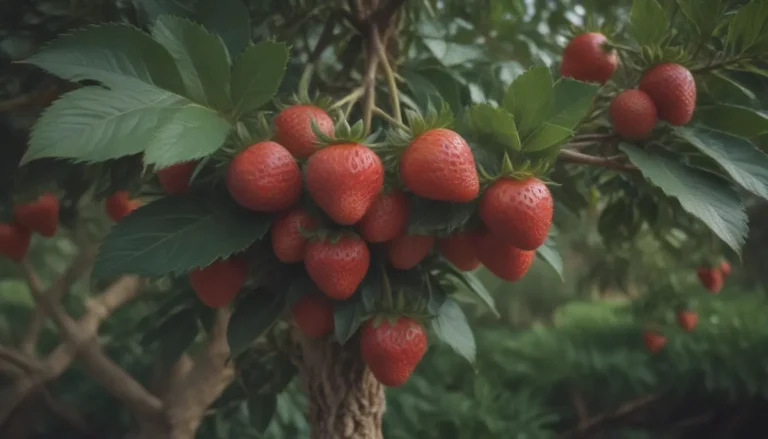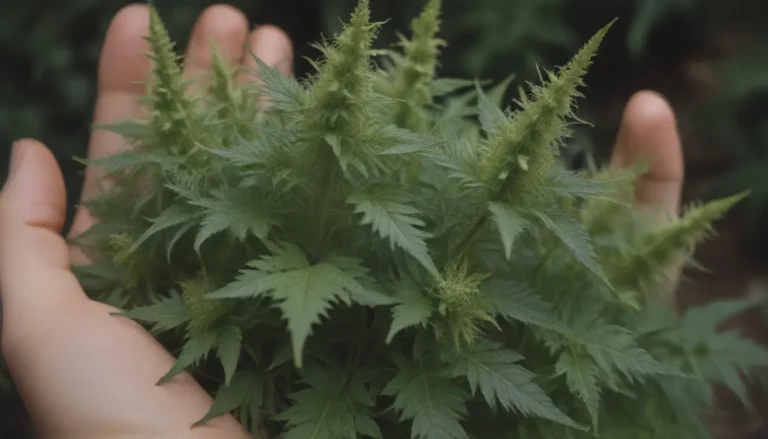Understanding Powdery Mildew: Causes, Prevention, and Treatment for Healthy Plants
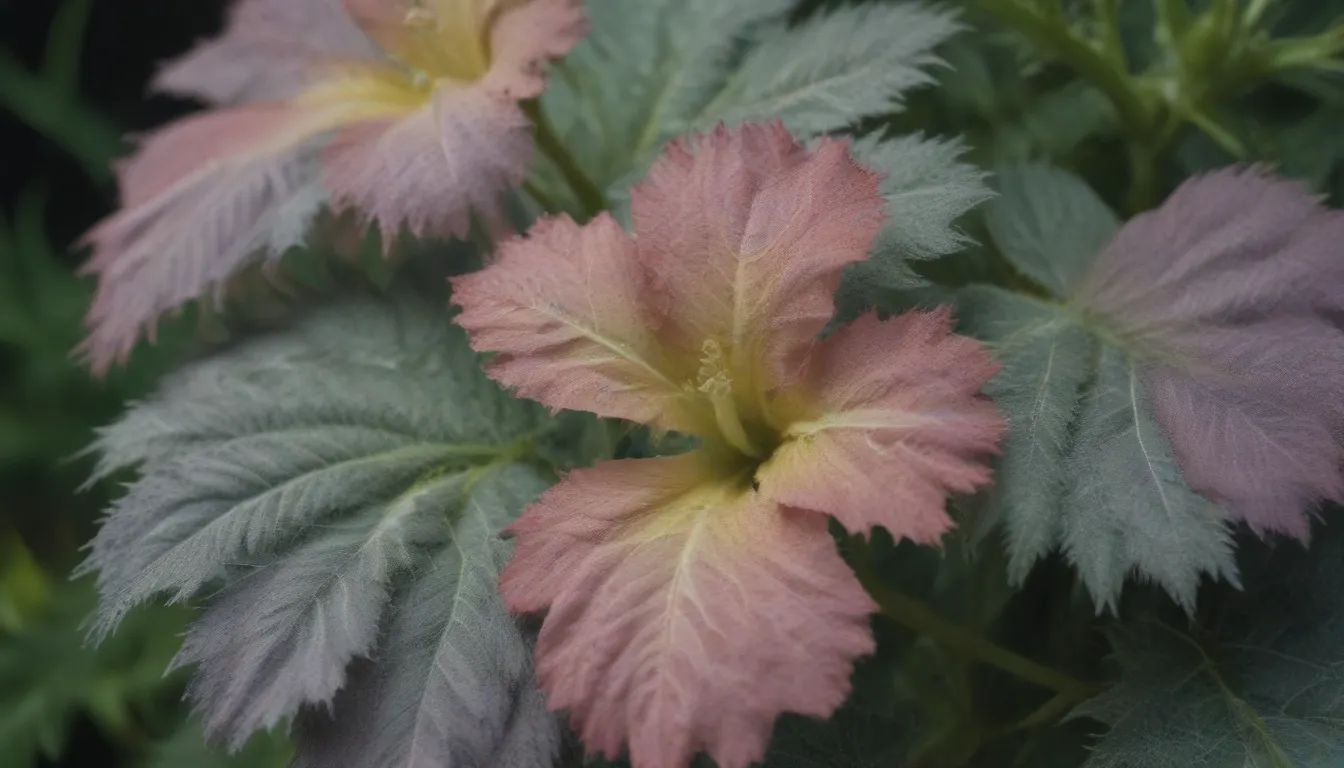
Are you noticing white powder-like spots on your plants’ leaves? Chances are, you might be dealing with powdery mildew. This fungal disease is a common issue that affects a wide range of plants, from flowers to vegetables. While it may not be fatal to your plants, it can certainly weaken them and impact their growth. In this comprehensive guide, we will delve into the causes of powdery mildew, how to prevent it, and the best treatment options available to keep your plants healthy and thriving.
What is Powdery Mildew?
Powdery mildew is a fungal disease that manifests as white powder or gray spots on the upper and undersides of a plant’s leaves and stems. In severe cases, it can also spread to buds, flowers, and fruits. Some plants are more susceptible to powdery mildew than others, with young plants being particularly vulnerable. Common plants affected by powdery mildew include crab apples, cucumbers, squash, lilacs, phlox, and roses. While powdery mildew may not kill your plants outright, it can weaken them and hinder photosynthesis, leading to yellowing, wilting, and even sunburn on fruits.
Causes of Powdery Mildew
Powdery mildew is caused by fungal spores in the Erysiphaceae family. These spores are carried by the wind and can travel long distances before landing on a host plant and germinating. The fungus thrives in moderate temperatures with warm days and cool evenings, low light, and high humidity, but dry foliage. Once powdery mildew takes hold, it can spread rapidly, especially in late spring and early summer when new foliage is most susceptible.
Preventing Powdery Mildew
Prevention is key when it comes to powdery mildew, as it can be challenging to eradicate once it spreads. Here are some effective methods to prevent powdery mildew from affecting your plants:
- Choose resistant plant varieties: Opt for plant varieties that are less susceptible to powdery mildew.
- Plant in the sun: Ensure your plants receive adequate sunlight to promote healthy growth and reduce the risk of powdery mildew.
- Prune plants: Regular pruning helps improve air circulation and reduce humidity around plants, making it harder for powdery mildew to thrive.
- Remove dead foliage: Dead leaves and plant debris can harbor fungal spores, so remove them promptly to prevent the spread of powdery mildew.
- Space plants: Proper spacing between plants allows for better air circulation, reducing the risk of powdery mildew transmission.
Treating Powdery Mildew
If you spot powdery mildew on your plants, it’s essential to act quickly to prevent further spread and damage. Here are some effective treatment options to address powdery mildew:
- Baking Soda: Mix baking soda with water and a few drops of dish soap to create a natural fungicide that can help combat powdery mildew.
- Neem Oil: Neem oil has antifungal properties and can be effective in treating and preventing powdery mildew on your plants.
- Organic Fungicide: There are various organic fungicides available that can help eliminate powdery mildew without harming your plants.
Remember to apply treatments as soon as you notice signs of powdery mildew and continue weekly applications until the fungus is eradicated. Additionally, consider spraying nearby susceptible plants to prevent the spread of powdery mildew.
Pro Tip:
“If you know a plant is affected by powdery mildew year after year, then spraying early in the season may prevent any occurrence that year.”
Plants Susceptible to Powdery Mildew
Not all plants are equally vulnerable to powdery mildew. Some plants are more likely to be affected by this fungal disease, including:
Flowers, Shrubs, and Trees
- Roses
- Lilacs
- Phlox
- Crabapples
Vegetables and Fruits
- Cucumbers
- Squash
- Apples
- Grapes
By being aware of the plants that are more prone to powdery mildew, you can take proactive steps to prevent and treat the disease before it becomes a significant issue.
In conclusion, powdery mildew may be a common problem for plant lovers, but with the right knowledge and preventative measures, you can keep your plants healthy and free from this pesky fungus. Remember to choose resistant plant varieties, provide adequate sunlight, practice good plant hygiene, and use effective treatment methods when needed. By being proactive and attentive to your plants’ needs, you can enjoy a thriving garden free from the worries of powdery mildew.
